Conservation
Eastern Lowland Gorilla
The Eastern Lowland Gorilla is the largest living primate in the world. It is also critically endangered. Here, we explore the rainforests of the Republic of Congo to take a look into what is causing the decline of one of our closest evolutionary relatives.
Published
6 years agoon
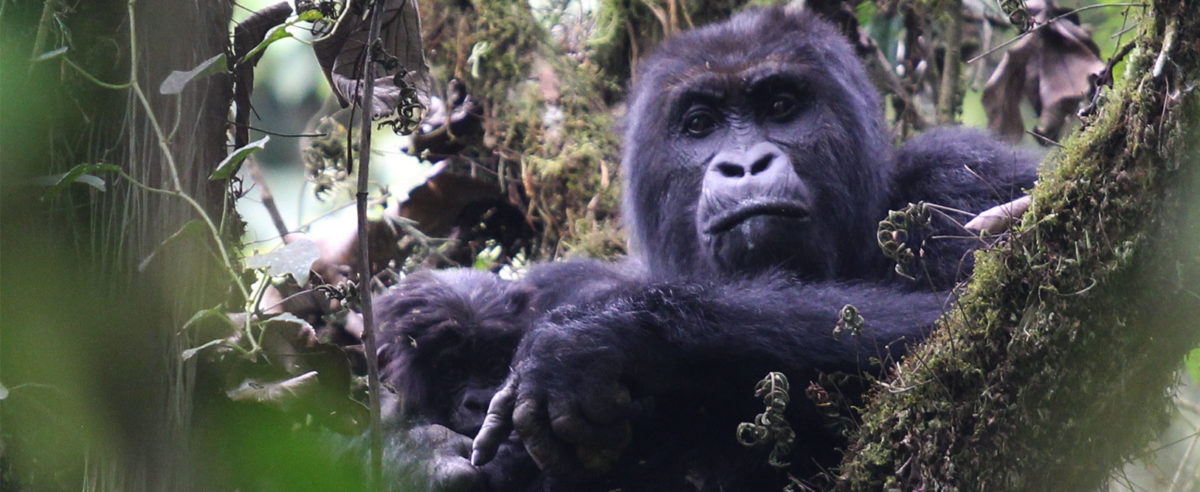

- The Eastern gorilla has two subspecies: Grauer’s (or Eastern lowland) gorilla, and the Mountain gorilla.
- There are less than 4,000 individuals of the Grauer’s subspecies remaining.
- The Dian Fossey Fund is working to provide protection to this Critically Endangered-listed primate.
By Eleanor Bickerton
About Grauer’s Gorilla
In western culture, gorillas are often depicted as huge, fearsome beasts with incredible strength and terrifying rage. The reality is much different. The species, although often between 125-250kg (300-600lbs) in weight depending on sex, have a mild temperament, travel in large family groups and live on a mainly herbivorous diet.
The Eastern gorilla is made up of two subspecies: Grauer’s gorilla, also known as the Eastern lowland gorilla (G. b. graueri) and the Mountain gorilla (G. b. beringei). As their name suggests, the two species live in different habitats. Whilst the mountain gorilla resides in volcanic slopes of the Eastern Democratic Republic of the Congo, Grauer’s gorilla lives in the lush, lowland tropical rainforest of the country, and has a population of around 3,800 individuals.
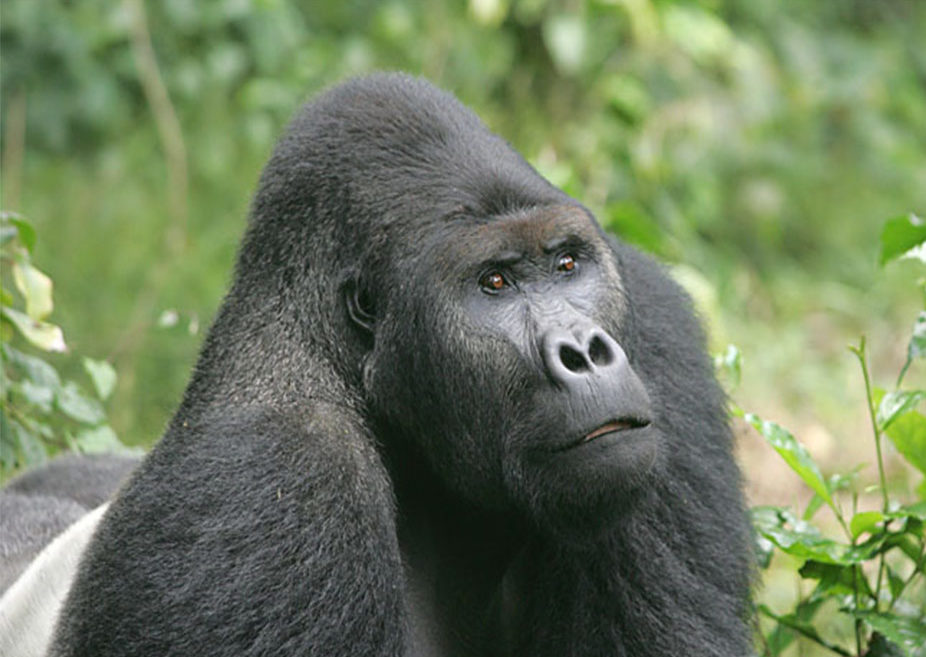
Adult male: Graueri Gorilla at English Wikipedia [GFDL, CC-BY-SA-3.0, via Wikimedia Commons
The Details
The Eastern lowland gorilla is the largest of all the Gorilla subspecies. The head is large, with wide nostrils and a flat nose, and a thick neck leads to their long muscular arms and stocky broad chests. Their body is covered in short, thick black fur.
Males are typically much larger than the female population, often weighing more than 250kg and standing at 1.7m upright. Females typically weigh 90–125kg and are 20cm shorter. Aside from their size, males are also distinguished from females by a silver saddle on their back, which loses colour with old age. This leads the older males to gain the name ‘Silverbacks’.
A male gorilla is generally considered a silverback at the age of 12, though they reach their full adult size at 15 years. Males famously defend their family groups by intimidation displays, including the iconic chest beating.
Gorilla life
Grauer’s gorillas take a relaxed approach to life. They live in family groups led by a dominant male which are normally made up of around 10 to 35 individuals. Family groups are semi-terrestrial and, as diurnal creatures, they spend most of their time foraging for vegetation. The diet of a group can greatly vary depending on the elevation they inhabit and food availability, but both subspecies expertly forage in the dense undergrowth for stems, pith, leaves and bark, occasionally supplementing their diet with ants.
The groups then patrol their territory or feed until the night hours, at which point the gorillas build nests to sleep in by folding over vegetation on the ground. There is extensive overlap of territories which may vary from six to 40 square kilometres.
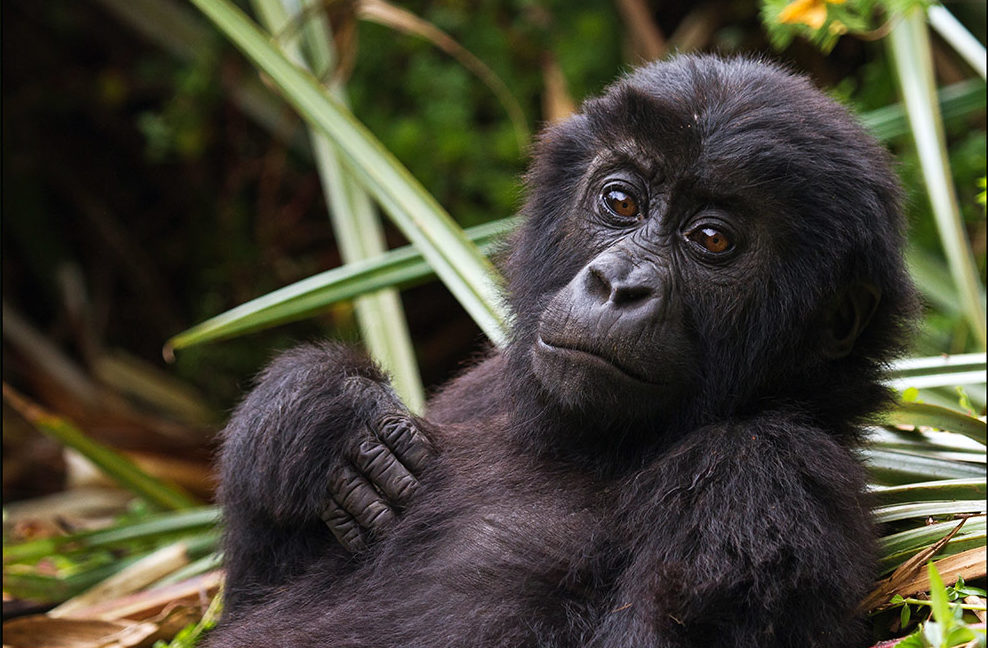
Juvenile: Cimanuka Group, Eastern Lowland Gorilla, Kahuzi-Biega National Park:By Joe McKenna from San Diego, California [CC BY 2.0], via Wikimedia Commons
Like humans, there is no distinct breeding season. Although female menarche begins between six and seven years old, they do not reach sexual maturity until around ten years of age. Once sexually mature, females tend to give birth every three to four years. They have long gestational periods of 8.5 months and new-born gorillas require a lot of care. They are carried on their mother’s backs and are only able to crawl after nine weeks. New-borns are not fully weaned for 3.5 years and are fully dependent on their mother until then. Maximum lifespan is still unknown but is thought to be over 40 years (Langergraber et al. 2012).
The Issues
These wonderful creatures – our largest living primate relative – have now moved a step closer to being wiped out. In September 2016 the International Union for Conservation of Nature (IUCN) listed the Eastern lowland gorilla as Critically Endangered. This classification was due to an estimated 80% population loss in the subspecies from 1996-2016. A decline almost completely due to human activity.
Habitat Loss and degradation
The Rwandan civil war in the early 1990s has taken its toll on numerous species, including the gorillas. The civil unrest and political instability has meant that hundreds of thousands of refugees moved to the Democratic Republic of Congo to escape the violence. Many refugees set up camp in the Kahuzi-Biéga National Park – the gorillas’ homeland. As more refugees moved in they began to turn to the forest for resources, leading to quick deforestation and degradation. Many set up small, illegal operations to mine Coltan (an alloy used in mobile phones) which led to pollution and deforestation. Deforestation was exacerbated as people converted the rainforest for farming land to support the population.
As a result, Grauer’s gorillas have seen their suitable habitat range decrease from 8,100 square miles to around 4,600 square miles in the past 50 years. This has hit the species hard and it has been estimated that the Grauer’s gorilla population has declined by more than 50% from 20,000 in the 1980s to a predicted 3,800 individuals. That said, an accurate counting of the species has been difficult due to ongoing violence in the region.
Bushmeat
The large population in the area has also meant that the two subspecies are at high risk of poaching, as the local people turned to the primates as a source of food and local medicine. Artisanal miners and militia groups also turn to the forest for food, targeting the larger species as they provide more meat.
Due to their large size gorillas are seen as prized bushmeat, and as they spend most of their time on the ground in family groups, they make easy prey to be tracked by armed poachers. It is now thought that the threat of poaching may, in fact, be more dangerous to the subspecies than deforestation, although it is unknown how many primates are killed a year for the bushmeat trade.
Grauer’s Gorilla Conservation
Conjour reached out to the Dian Fossey fund who have been working to conserve primates in their natural habitat for the last 50 years. The Fossey Fund has been working closely with the local community to track and monitor Grauer’s gorillas.
They built a permanent field station in the heart of the animals’ territory. Here, four teams of gorilla trackers are permanently based. It was one of these teams that led the re-assessment which in turn led to the change in status to Critically Endangered by the IUCN. Aside from the zones protected by the Congolese wildlife authorities, this field station is one of the only places where the species can receive direct protection.
Grauer’s gorillas are not as habituated to humans as their mountain gorilla counterparts, and so the conservation teams track them a day behind to ensure they do not disturb the groups. Teams normally hike for days into the deep forest and camp there for several weeks as they observe and monitor the gorilla behaviour.
Education
The Dian Fossey Gorilla Fund International believe that local education may be one of the key factors to primate survival. The fund has been working closely with local communities and villagers, teaching them local trades and agriculture so that people can learn to cultivate their own food instead of turning to the forest for resources.
The Fossey Fund has also been heavily involved in contributing to local education, providing conservation courses, school materials and park visits to the local students. All of the field staff are hired from local communities and over 400 university students a year from Rwanda and Congo are taught about conservation, gorillas, scientific methods, field research skills and more.
This education is beginning to bring a cultural shift in the way the local population view our evolutionary relatives. In a recent interview with one of the local leaders from the Nkuba village, the elder noted that the Dian Fossey Fund’s presence and work had led to the next generation becoming trackers, porters or farmers instead of hunters: “Now we invest in protecting Grauer’s gorillas: We are the future of Grauer’s gorilla and Grauer’s gorilla is our future,” they noted.
The Future
The recent change in status to critically endangered showed just how at risk these creatures are. Although many gorillas live inside the protected areas of the park, there are still family groups and territories in unprotected areas and if the current rate of decline continues the population could be extinct within the next five years.
The Fossey Fund have already made incredible progress, and with daily protection and increasing education efforts these two species still have a fighting chance of surviving and adapting to a quickly changing world.
Learn more and donate to The Dian Fossey Gorilla Fund International here.
References:
– Plumptre, A., Robbins, M. & Williamson, E.A. 2016. Gorilla beringei. (Errata version published in 2016) The IUCN Red List of Threatened Species 2016:
– Plumptre , A. , Nixon, S,. Kujirakwinja, D., Vieilledent, G., Critchlow, R., Williamson, E, A., Nishuli, R., Kirkby, A., Hall, J. 2016 Catastrophic Decline of World’s Largest Primate: 80% Loss of Grauer’s Gorilla (Gorilla beringei graueri) Population Justifies Critically Endangered Status PLOS
URL:http://journals.plos.org/plosone/article?id=10.1371/journal.pone.0162697
You may like

Blakiston’s Fish Owl

Kakapo

A vote to focus attention on Australia’s amazing animals, and their alarming decline

Mexican Grey Wolf

Penguin run undergoes UK sport commentary

Penguin run undergoes UK sport commentary

Seven Worlds, One Planet – Extended BBC Trailer

Thunberg: We will never forgive you

Bilbies Released Back into the Wild in 2018



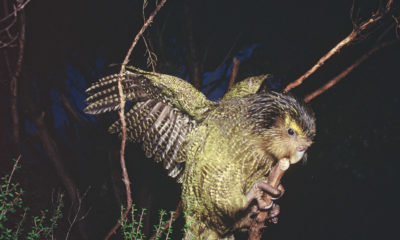
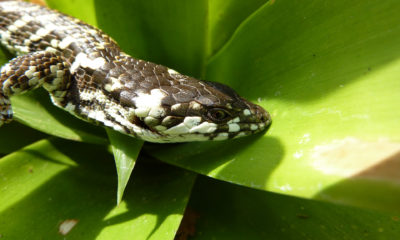

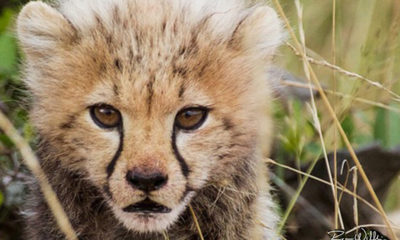







You must be logged in to post a comment Login